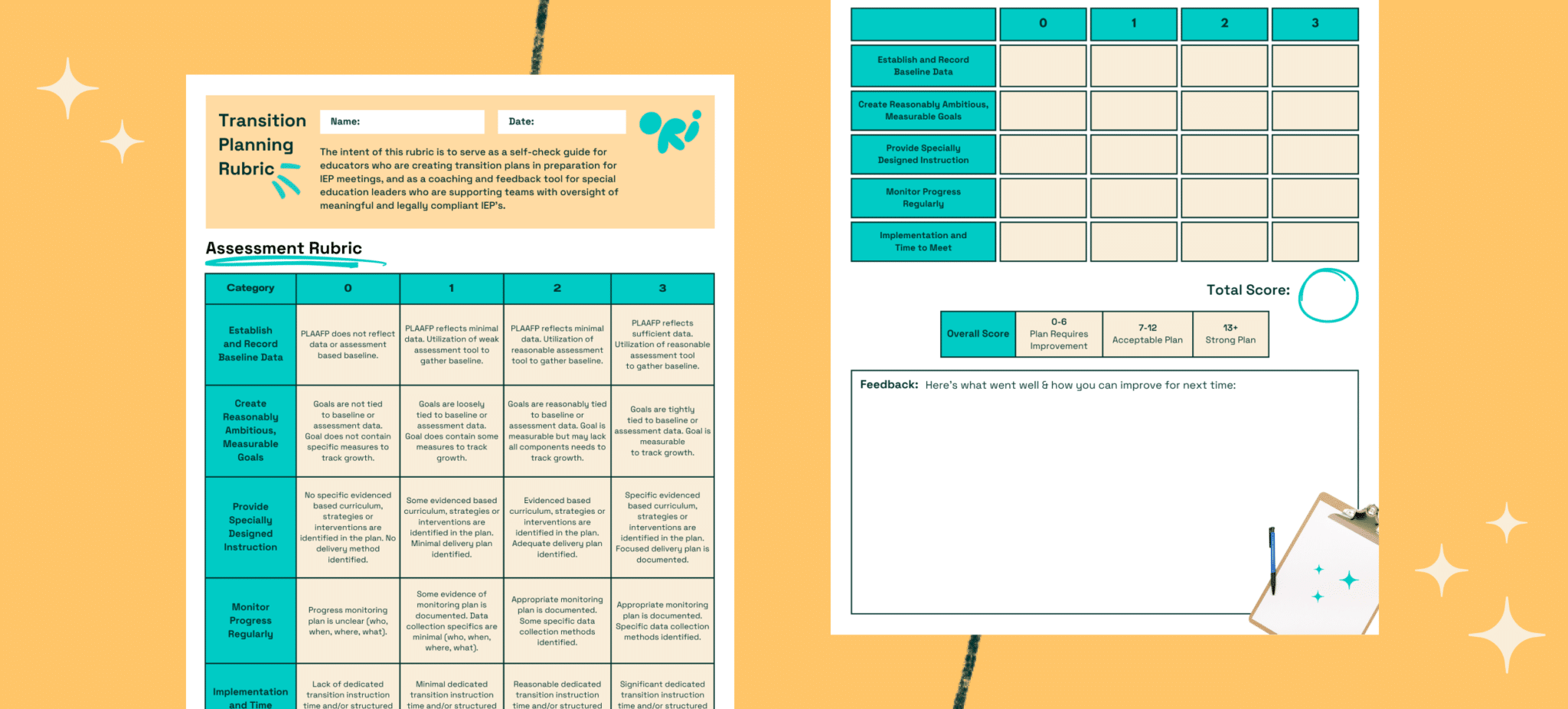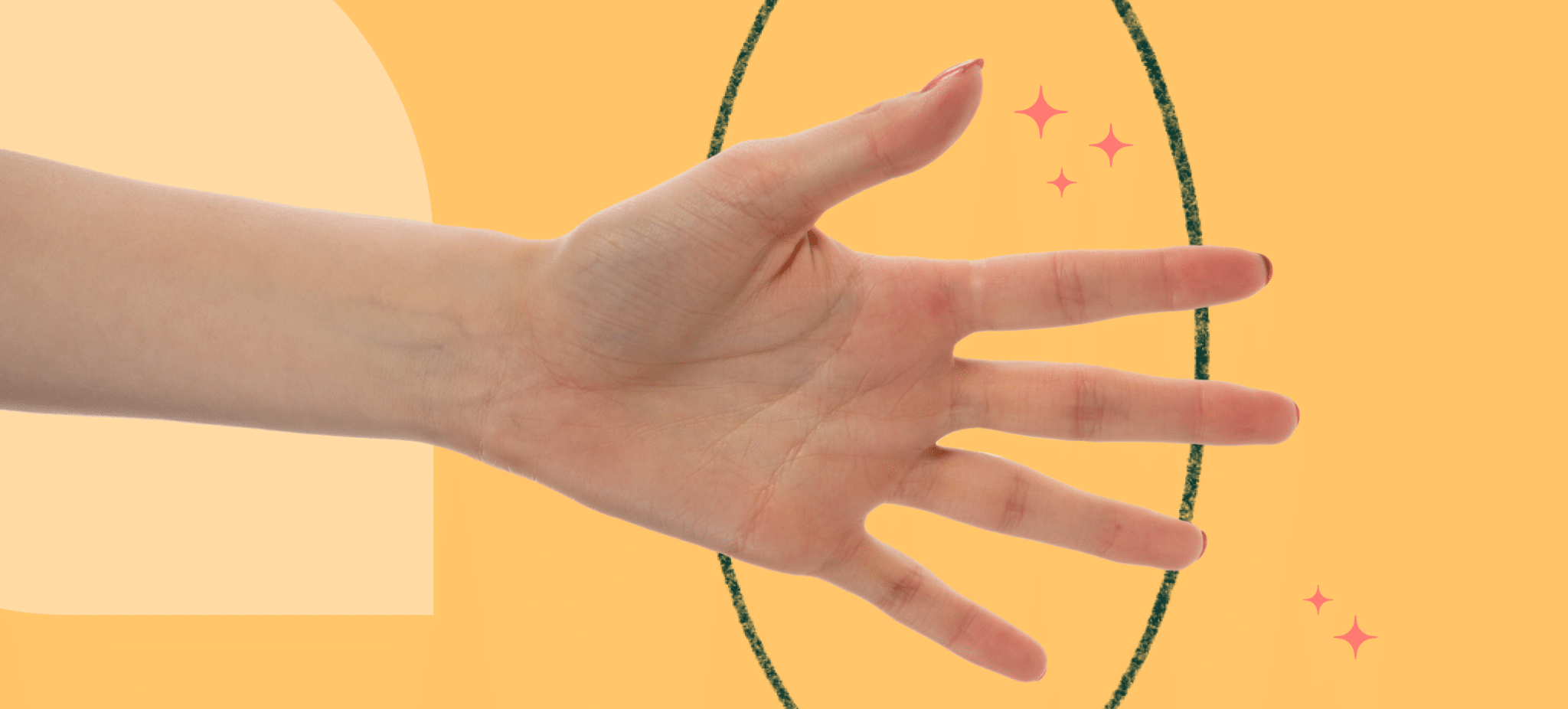

Shane Spiker (PhD, BCBA, IBA, LBA) is a behavior analyst who has been providing services in the field of applied behavior analysis (ABA) since 2010. He has worked with teen and adult learners with autism and other disabilities who exhibit dangerous problem behaviors both at home and in their community.
We sat down with Shane to talk about his experience as a behavior analyst and how it applies to safety skills for special education students. He lists five skills that are essential for transition-age students with mild to mild-moderate disabilities to learn in order to stay safe, and he offers some best practices and beginner-friendly resources for new teachers facing these challenges for the first time.
Simply put, safety skills help people recognize danger and keep away from it. People will sometimes say that safety skills are about avoiding certain situations, when really it’s about knowing how to protect yourself.
I see this being an issue with transition-age students, who struggle to understand that they have body autonomy and that they can set boundaries with others, because they lack the relevant knowledge and skills.
This is why it’s so important that we teach safety skills. The ultimate goal is to help students stay free from danger physically, psychologically, and emotionally, both as individuals and as members of their community.
Safety skills are foundational to developing every other transition skill: it’s very difficult to imagine how a student can thrive as an adult without having at least a basic understanding of how to stay safe, whether it be in the classroom, the workplace, or at home.
I like to use the example of a learner I worked with once whose family was really insistent on him learning the names of all the planets. While that was useful from an education standpoint, he also suffered from a lack of self-control which led him to frequently inflict inadvertent injuries to his head.
So, in terms of general behavior management and safety skills, we should deal with any immediate danger to the student first before we can focus on the academic side of the curriculum.
Teaching safety skills for students is not just about personal safety and wellbeing, but that of others and the wider community they belong to. Fostering safe relationships and safe spaces has a huge impact on people’s psychological, emotional, and spiritual wellbeing and contributes towards feeling relaxed, engaged, and happy.
Behavioral skills training (BST) is probably the main strategy. It combines the theory from behavior analysis with practical exercises to teach learners a whole range of safety skills, from how to navigate relationships safely to how to handle a situation involving a gun.
Crucially, BST gives learners an opportunity to rehearse a skill long before it’s ever needed. The training accounts for the different learning styles and provides written, auditory and visual instruction respectively.
At the end, learners get to practice what they’ve learned on their own until they get it right, with the guidance of instructors who can address errors and provide feedback on the spot.
One of the biggest challenges for me is that it’s hard to engineer naturally occurring scenarios for the purposes of practicing safety skills. What I mean is that you can teach a safety skill like conflict resolution in a classroom and role-play it in a variety of scenarios, but it can’t account for every real-life conflict that the student will encounter: there are situations that we just can’t prepare for.
Another challenge is that we have to go in with the understanding that many folks with mild to mild-moderate disabilities present varying levels of impulsivity. Impulsivity becomes a diminished safety skill issue, as it reduces an individual’s ability to make decisions in the interest of their safety. This is something that needs to be addressed early on.
Finally, there’s dignity of risk, which concerns a person’s right to make their own decisions and face the consequences of them. When we have someone in our care, we often try to protect them from negative outcomes so that they don’t get hurt. But the truth is that anyone, whether with or without a disability, should be allowed to make some mistakes in order to learn from them.
Of course, it should never be to the detriment of their health, so the challenge here is being able to make a judgment about what is or isn’t an acceptable risk. The best way to tackle this as an educator is to simply talk about it openly with your students and educate them: that it’s okay for people to take risks sometimes, but that we have a responsibility to know where the line is and make the right call.
When there are multiple people involved, the first thing I do is to help them tap into the value which everyone in the room shares in common, which is safety. Specifically, we all want to ensure the safety of the person we’re serving and whose transition plan we are making: the student.
Once we all agree on safety as a shared value, we can start to define it more granularly: What does safety look like for us? What are our safety concerns? Notice the use of the word “we” and “our” here instead of “I” or “you”, placing the focus on what we can do as a collective.
It’s only after establishing our shared interest in the safety of the student and defining the terms that we can start setting goals on the basis of any skill deficits that the student has, and then working towards a comprehensive transition plan. Going through these steps first will facilitate the collaborative process.
Remember that, at the end of the day, the parents and teachers know their learners best. My job as a behavior expert is to make a behavioral assessment. The family and team of educators I’m working with are experts on their students, and so ultimately they and the student are in charge of making the final decision.
Ask for help. If you’re new to something, it can never hurt to ask somebody who has done it before for their thoughts on a particular situation. That person should be someone you trust and who you know is going to give you honest feedback.
Know your biases. Sometimes when we work with folks with disabilities we can be overprotective of them. Recognizing that we have biases and being able to reflect on our feelings about a situation (e.g. “Why is this scenario so stressful for us?”) prevents us from conflating issues or blowing them out of proportion.
Be open to new solutions. We can go into a transition planning meeting to discuss safety skills for students with a specific idea or concern we want to put forward, but somebody else might have a better idea, or a different idea which we hadn’t thought of. Allow for space to discuss ideas you might not have otherwise considered.
I would recommend people check out the resources from organizations like the Association for Positive Behavior Support and Home and Community Positive Behavior Support Network to learn more about positive behavior support.
You can also connect with local law enforcement and find out what their safety strategies are. They usually have programs that help support learners with disabilities in those spaces as well as useful resources such as the Police-Mental Health Collaboration Toolkit.
There is a great example of one of these programs in Florida, where they recently introduced legislation which allows people with special needs or their loved ones to submit information about their disability to a database, which can help local law enforcement identify them more easily and provide more context.
SIECUS (Sex Ed for Social Change) is an organization that focuses on relationship safety, body safety, and reproductive health. A lot of people that I have worked with will raise the question of sexuality and safety around preventing abuse, so SIECUS is a great resource to explore.
Lastly, there’s the Big Red Safety Box, which is provided by the National Autism Association for dealing with wandering, elopement, “running” or fleeing behaviors in folks with autism. It’s provided free-of-charge to families to help educate them and provide them with tools such as a wandering emergency plan and emotion identification cards for the family member with autism.
There’s a growing emphasis on emotional and psychological safety more than it has historically. Physical safety has always been at the forefront, but given what we now know about trauma, psychological wellbeing and psychological safety, I think there will be more discussions around those topics in future.
